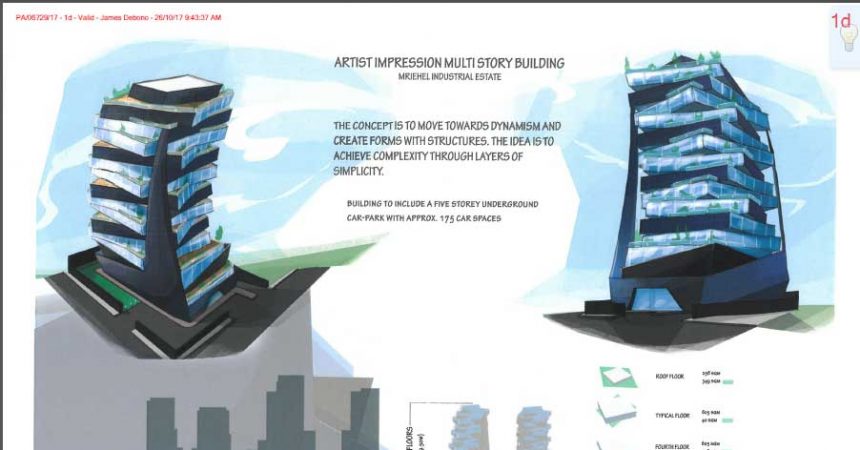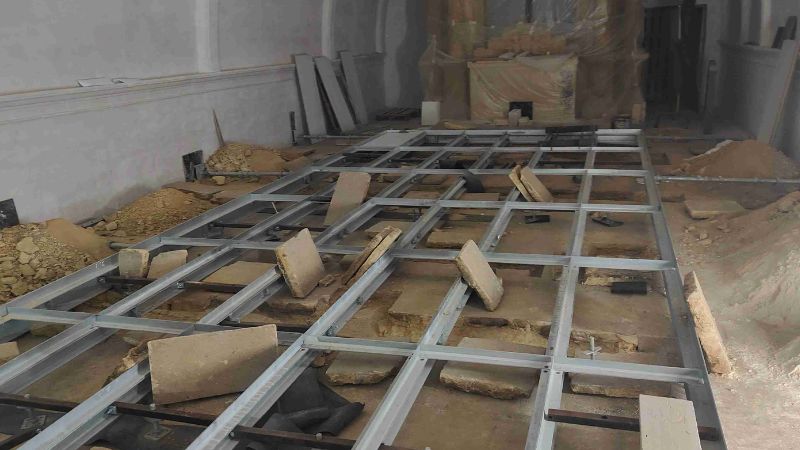A 17-storey tower in Mriehel proposed by the Government poses a risk to long- distance views of Valletta and Mdina.
In an objection filed to the Planning Authority, Din l-Art Helwa reiterated its strong objections to high-rise towers being built in Mriehel based on the fact that this is firmly situated in the sightline between Valletta and Mdina. DLH warned that high-rise development will “destroy the iconic view of the historic old capital of Mdina, as well as the view of the World Heritage Site of Valletta as seen from a distance.”
The Superintendence for Cultural Heritage has requested photomontages of long-distance views from various localities around Malta to assess the visual impact of the proposed development on the skylines. These include photos taken from Hastings Garden in the direction of Mdina and photos taken from Mdina in the direction of Valletta and the Three Cities.
The Superintendence said: “In the absence of the requested information, this development application should be refused.”
Malta Industrial Parks, the government corporation responsible for industrial estate management, wants to build the 17-storey tower on a vacant site in Mriehel in an area currently used as a car park along Triq is-Salib.
MIP applied for a permit to construct the tower, in an area now designated for high-rise, to also include five levels of underground parking for 175 cars.
The tower will be used for offices, retail outlets and catering establishments.
Plans submitted by architect John Rizzo Naudi refer to a design concept which “achieves complexity through layers of simplicity” and which “moves towards dynamism” by “creating forms with structures.”
A year ago, the PA approved the Quad Towers, a €70 million development proposed by the Gasan and Tumas business groups near the Mriehel industrial estate, comprising four cylindrical towers of 14, 16, 17 and 19 storeys respectively, overlying five basement levels.
An appeal against the approval of this development is still pending. Moreover, a master plan for Mriehel has not yet been concluded.
Objections by NGOs centre around the legality of the late addition of Mriehel to the list of localities where high-rise development is permitted. Mriehel was never previously considered as a high-rise zone precisely because of the possible impact on iconic long-distance views, however it was added after the close of the public consultation on the Planning Authority’s policy on tall buildings. This meant that the public never had an opportunity to object to the designation of Mriehel as a high-rise zone.
Another high-rise development – this time consisting of a 12-storey development – is also being proposed on the site of the Meli Bugeja marble factory on the Mriehel Bypass. This private sector development is also being earmarked for new offices.












